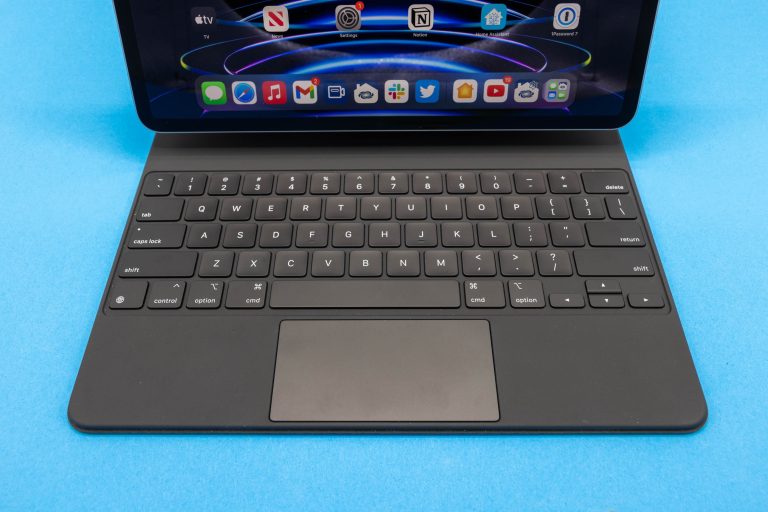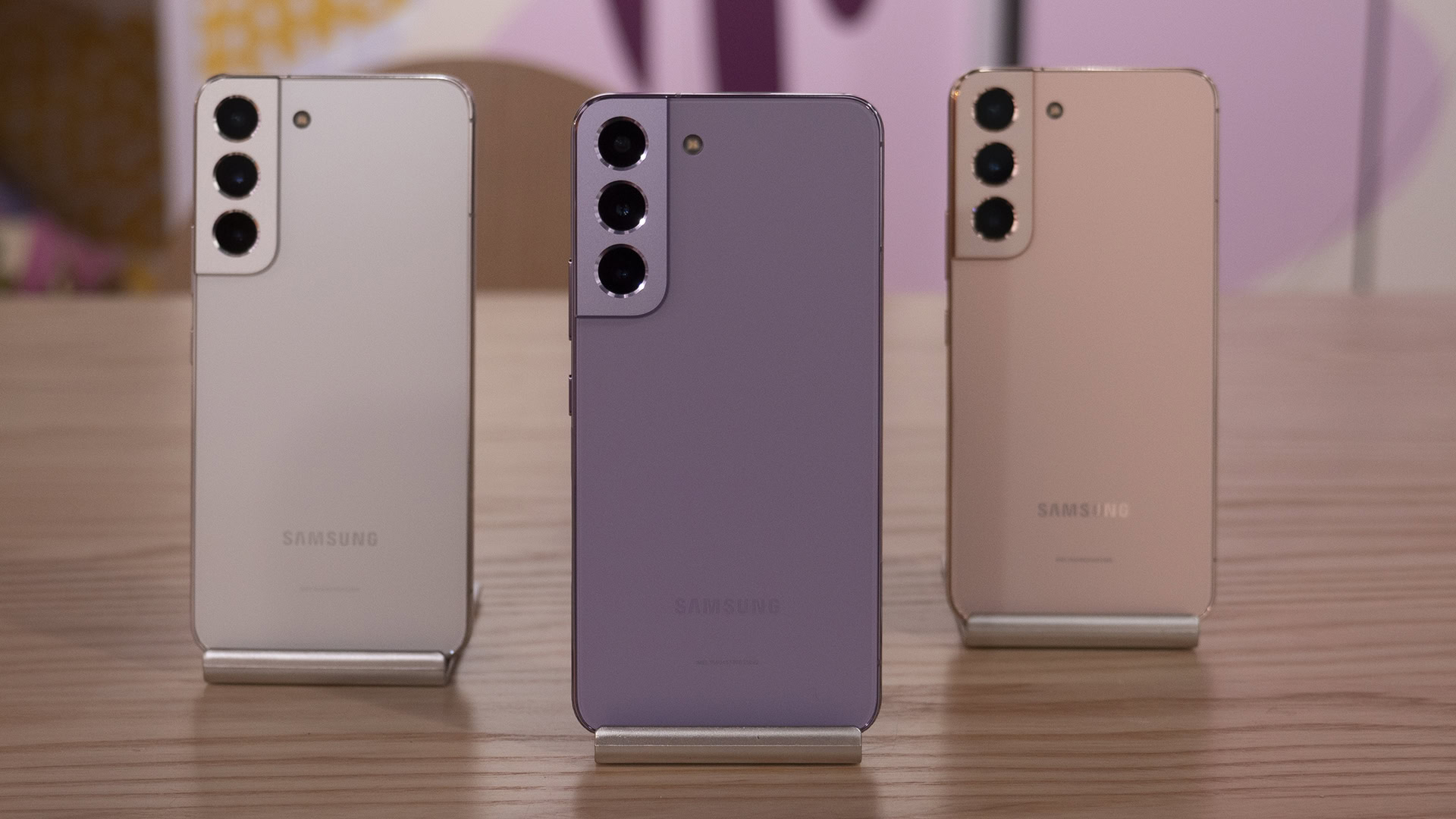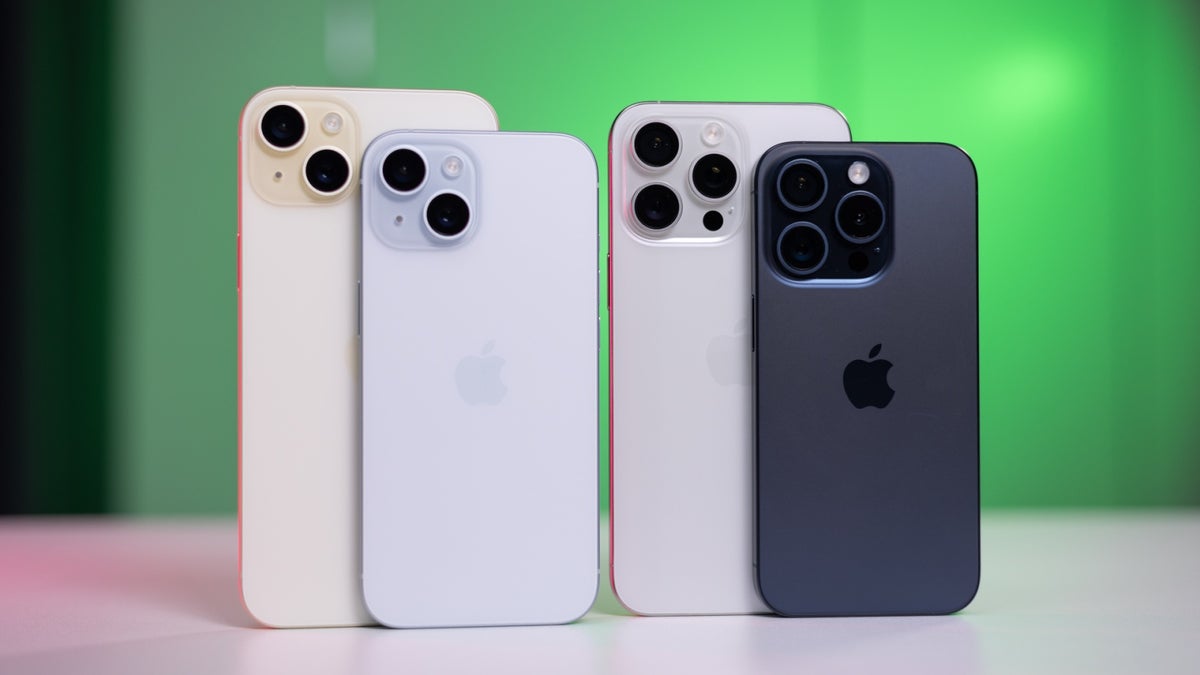From www.forbes.com
Apple iPhone 15 Pro Max render based on multiple leaks
08/15 Update below. This post was originally published on August 12
Apple’s iPhone 15 and iPhone 15 Pro design changes continue to leak, but one detail had been missing: specifics about the next-generation A17 chip that will power the Pros. Until now…
In a series of posts, reliable Apple insider Unknownz21 has broken down the A17 chip in detail, revealing the CPU and GPU makeup, their clock speeds, and the RAM amount and type:
The leaker goes on to add further detail, noting that:
- D83 = iPhone 15 Pro
- D84 = iPhone 15 Pro Max
- D47 = iPhone 16
- D48 = iPhone 16 Plus
- D9x = iPhone 16 Pro and Pro Max
In addition, Unknownz21 states that the 6-core CPU will be comprised of two performance cores and four efficiency cores, while in a final update they say the A17 could still debut with 8GB RAM as Apple has been testing both 6GB and 8GB configurations, and it is currently unclear why or which of these was chosen as final. Unknownz21 says the two versions are labeled “POP, COLL + 6G” and “POP, COLL + 8G” inside the company.
So what does all this mean? Potentially it adds up to big gains. The combination of performance improvements alongside increased battery life is the holy grail for smartphone buyers
First, the transition to 3nm fabrication alone means Apple can run chips faster, cooler and with less power draw than the 4nm A16. Something that gives Apple the ability to balance both performance and battery gains. This can be seen in the faster maximum clock rate (3.7GHz Vs. 3.46GHz) in the A16 chip.
Second, expect major graphics improvements because the A17 has an extra graphics core compared to the 5-core A16. Adding cores can increase power consumption, but again the 3nm fabrication process should more than nullify this.
Apple’s iPhone 15 Pro bezel Vs iPhone 14 Pro
Analysts’ early calculations suggest a circa 10% CPU speed increase, but the greatest gains should come in GPU performance and a circa 30% decrease in energy consumption. The iPhone 15 Plus and iPhone 15 Pro Max, in particular, when combined with new stacked battery technology, could be battery life champions.
All of which fills in another big gap ahead of the iPhone 15 range’s widely leaked September release. Other highlights include adoption of the Dynamic Island design by the iPhone 15 and iPhone 15 Plus, with the standard models also getting the aforementioned A16 chip and a new 48-megapixel primary rear camera.
iPhone 15 Pro and Pro Max models will have slightly larger displays (6.12 and 6.69 inches, respectively) due to record-breaking thin bezels (which have caused manufacturing problems) and a wider array of upgrades, such as the 3nm A17 chip, lighter titanium chassis, upgraded UWB and WiFi 6E, and Apple’s first periscope zoom camera, which will be exclusive to the iPhone 15 Pro Max.
All iPhone 15 models will also drop the Lightning port in favor of USB-C ahead of upcoming 2024 legislation requirements. And yes, the gap between iPhone 15 Pros and standard models is widening again, but so will the price gap.
08/14 Update: Uknownz21 has spoken with me to confirm that the analyst calculations for the A17 chip’s performance are “more or less right.” The insider also pegs the CPU speed boost at about 10%, with energy efficiency savings of about 30%. That said, they do urge caution, noting that “It’s difficult to get exact numbers like that, more than the actual specs.”
This is a critical point because how Apple chooses to balance the CPU and GPU is the most important factor. It is all well and good knowing the maximum clock rate, but how often will the chips hit it, when will they throttle, and how will Apple manage consumption versus conservation?
That said, the key element here is the fabrication process. While Apple did technically produce the A16 chip used in the iPhone 14 Pro and Pro Max (and coming to the iPhone 15 and iPhone 15 Plus) using at 4nm compared to the 5nm process for the A15, it has been frequently pointed out that the design itself was more akin to an “A15+” than a next-gen chip.
Even Apple’s chip maker, TSMC, admitted that the 4nm process behind it was more of “an enhanced version of N5 technology.” In contrast, the jump to 3nm will be the real deal.
08/15 Update: multiple leaks have revealed that Apple’s iPhone 15 range will adopt USB-C ports following new EU legislation that will come into force in late 2024. This upgrade will impact/benefit all iPhone buyers worldwide. But it seems the next big change coming to iPhones, courtesy of EU legislation, will be restricted to European markets.
A leak from Supercharged, a relatively new tech site whose reporting I can vouch for, has doubled down on information from Bloomberg’s Mark Gurman that iOS 17 will only enable sideloading of apps in Europe. Supercharged cites “a series of messages shared on Discord” that it has seen, which confirm:
“The new feature will only be available to iPhone users with their region set to Europe as Apple will be forced to comply with the EU’s Digital Markets Act (DMA), in which “gatekeeping” tech companies will be forced to open their platforms to accommodate external app stores and payment platforms, in addition to setting up third-party apps as default for services such as email and messaging.”
For those unaware of sideloading, it is the ability to install apps from third-party app stores and websites. Android has always offered this, but Apple has countered that it brings added security risks because the apps are unvetted.
There is truth to this, though the flexibility to add apps from third-party sites can also be useful, such as gaining access to apps unavailable in your home region. It will also be a path for subscription services to offer lower prices if you install their apps outside of the App Store, where Apple currently takes a significant cut of fees.
Unsurprisingly, Gurman says Apple will downplay the addition of sideloading in iOS 17 when the update is released in September. It is also likely to be something the company will actively advise against on security grounds when it launches. That said, this is arguably the biggest change for iPhones since the App Store launched in 2008.
Will it come to other regions? It’s certainly possible. The EU’s decision to enforce USB-C as a common charger standard has subsequently been replicated in other countries, and is now proposed in the US. If sideloading proves popular in Europe, you can expect calls for it to grow and governments to take similar action.
More on Forbes
MORE FROM FORBESLatest iPhone 15 Leak Reveals Bigger Than Expected Price IncreaseBy Gordon Kelly
[ For more curated Apple news, check out the main news page here]
The post New Apple Leak Reveals iPhone 15 Release Surprise first appeared on www.forbes.com













